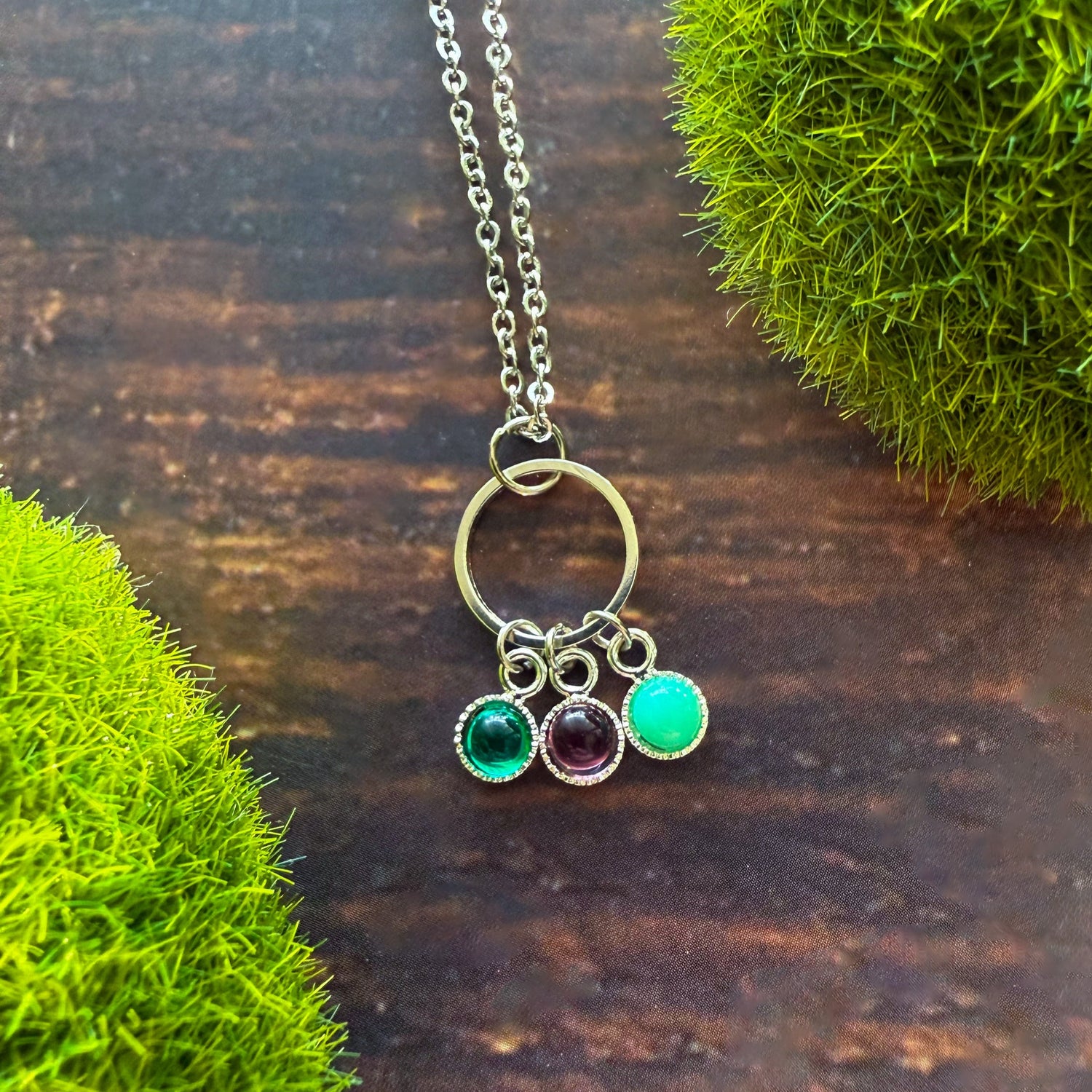
Happy Launch Anniversary, Voyager!
Share

If you’re anything like us, guys and gals, you also find NASA’s Voyager program to be pretty darn neat – especially since the kiddos of said space program are celebrating their 42nd birthday this year! That’s right, Voyager 1 and 2 are considered (gasp!) middle-age now.
Considering I’m only six years their junior, please excuse me while I go update my life insurance policy and then promptly cry into a glass of wine. Just kidding. I’m finally figuring out who I really am, and that, folks, is very valuable info these days. Life is good (with wine, of course).
Although these cutie spacecraft are tech twins, they were actually born, er launched, sixteen days apart. Voyager 2 was slingshot into the stars on this day in 1977, with its sibling following shortly after on September 5th. NASA planned this mission to take advantage of a rare alignment of the outer planets that only happens once every 176 years – and provides a sweet gravity boost bonus to boot!

Vroom-vroom Voyager 2 went far, far, far into the depths of our Solar System, exploring the Jovian (1979), Saturnian (1981), Uranium (1986) and Neptunian (1989) systems. Currently, Voyager 2 is floating around on an extended mission to study the outer reaches of what lies beyond our comprehension as it transmits through the NASA Deep Space Network.
In fact, Voyager 2 left the heliosphere for interstellar space in November of last year, six years after Voyager 1. Quick science lesson if you don’t know: the big ol’ Sun shines a steady stream of solar material (or solar wind) that creates a bubble around the planets. This bubble is called the heliosphere, which acts as a shield to protect us from interstellar radiation. I don’t know about you, but I already have 99 problems and don’t really wanna have to worry about that, so thanks, Sun. You da real MVP.

Among some of Voyager 2’s accomplishments during its forty-ish years of space travel include: super cool images of Jupiter’s icy moon Europa, with its spidery cracked surface, and another of the planet’s moons, tiny Adrastea, which is less than 20 miles/32 kilometers in diameter; hundreds of detailed photos of Saturn, along with its multitude of moons and rings, revealing ringlets as thin as 330 feet/100 meters in diameter.
Furthermore, we’ve received the most intimate glimpses of Uranus, Neptune, and their corresponding moons that have ever been eyeballed, such as detailed images of the Uranium moon Miranda (which apparently looks like it’s been broken apart and put back together multiple times like a mishandled family heirloom); in addition to the discovery of ten new moons orbiting Uranus and five flocking Neptune – which has rings, too, didja know?

As the only probe to, well, probe the planets of Uranus and Neptune, Voyager 2 has provided a baseline to build on for these planets. In 2014, it was discovered that there are giant storms doing stormy things on Uranus, which was not the case back in 1986. Fun Fact: The Hubble Space Telescope (HST), which I just wrote a bit about in my last feature on Dr. Jennifer Wiseman, is presently keeping an eye on some storms that are stewing on Neptune, as well.
So, today we pay homage to the Voyager program and its two trusty probes that haven’t let us down – unlike everything else in our lives. Again, I kid. Just most things. But really, how cool it is that Voyager 1 and 2 are still out there pushing the boundaries, literally and figuratively, of our Solar System and what exists beyond it. Happy Launch Day, Voyager 2, and God speed, twins!
Want to celebrate the historic occasion? We make Voyager Golden Record jewelry!
xo
Brittany





